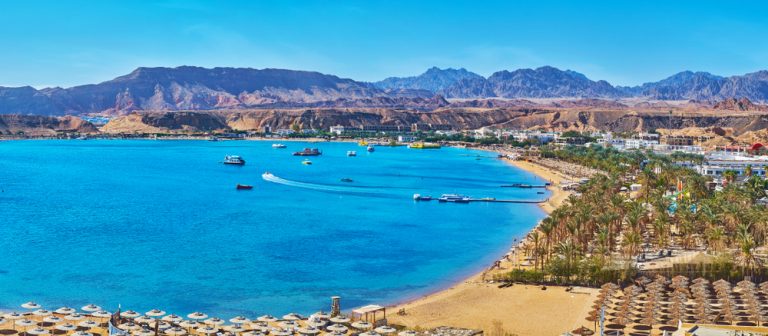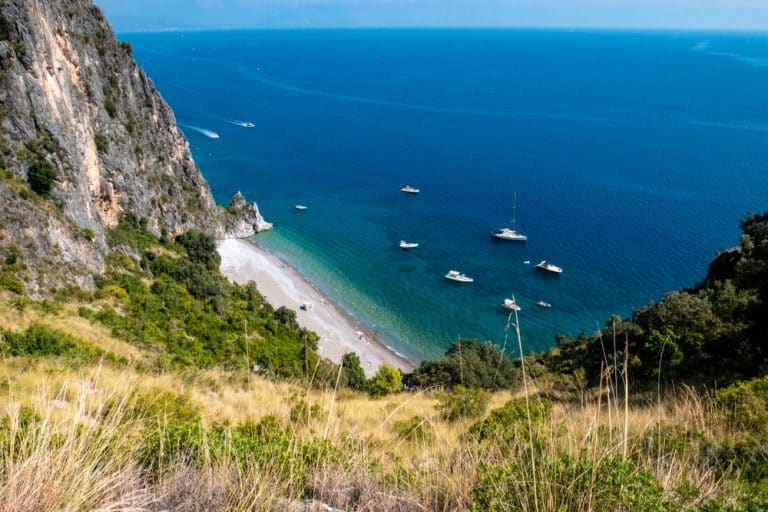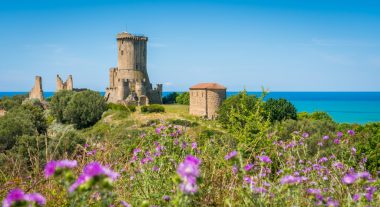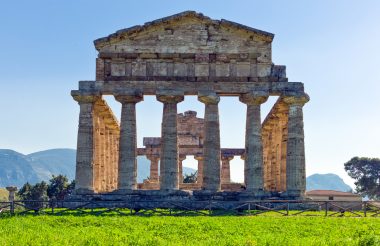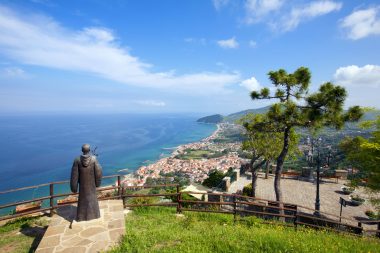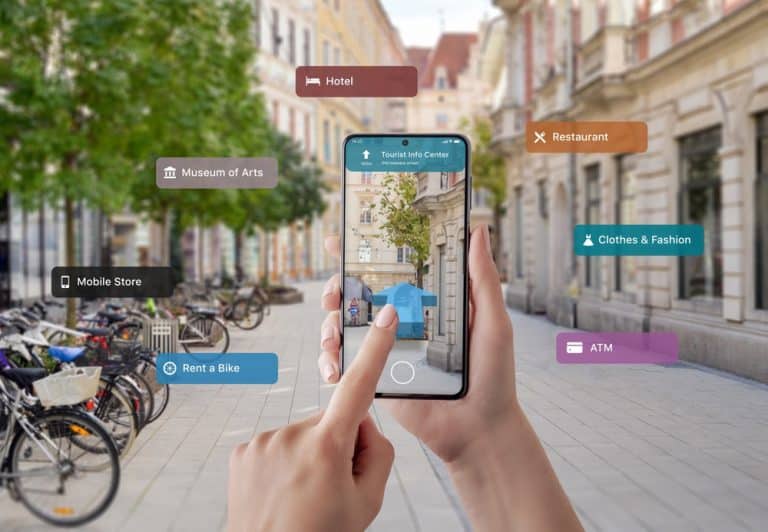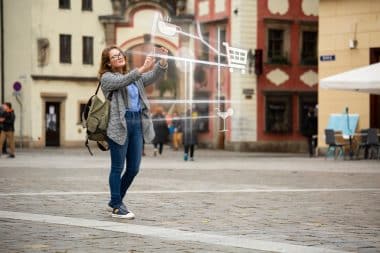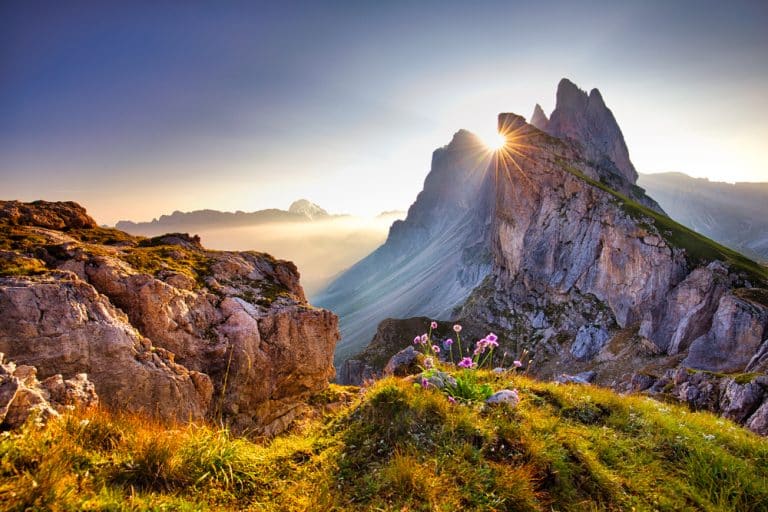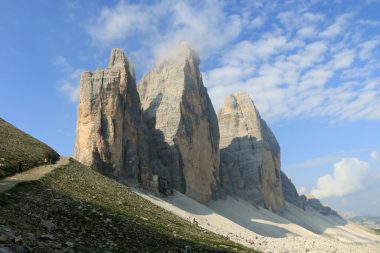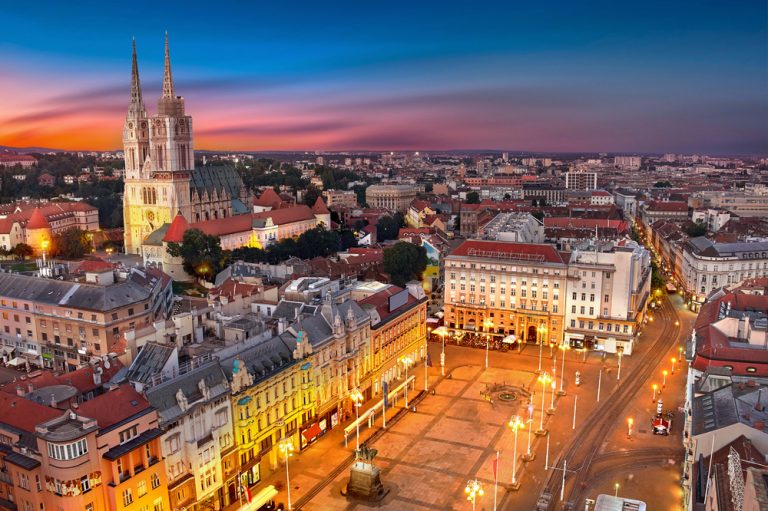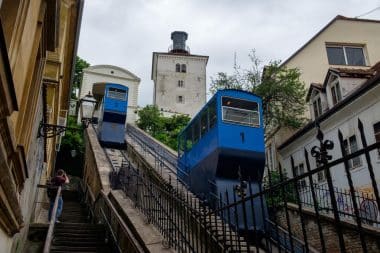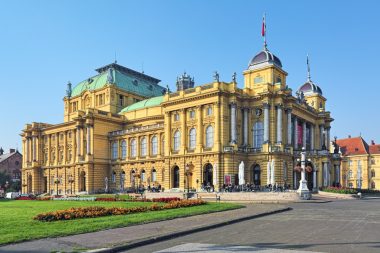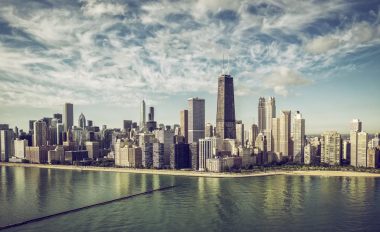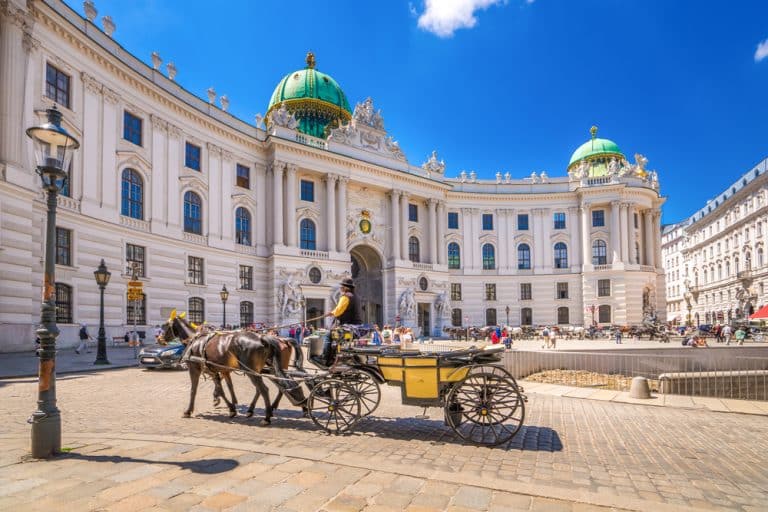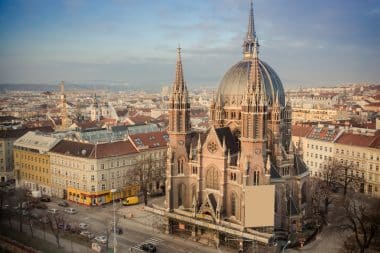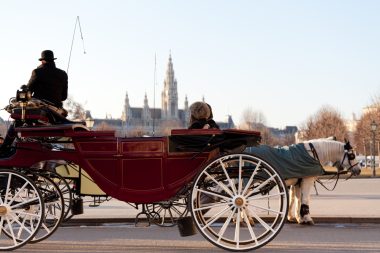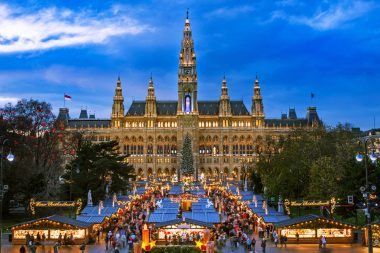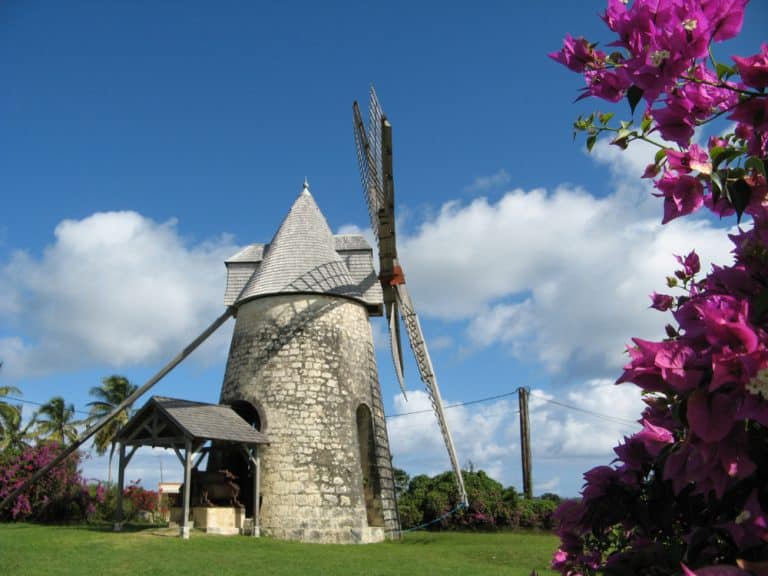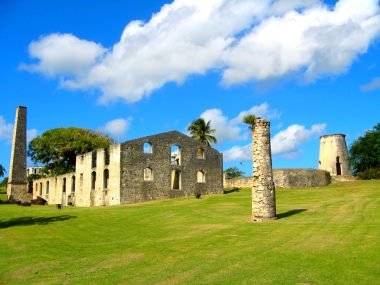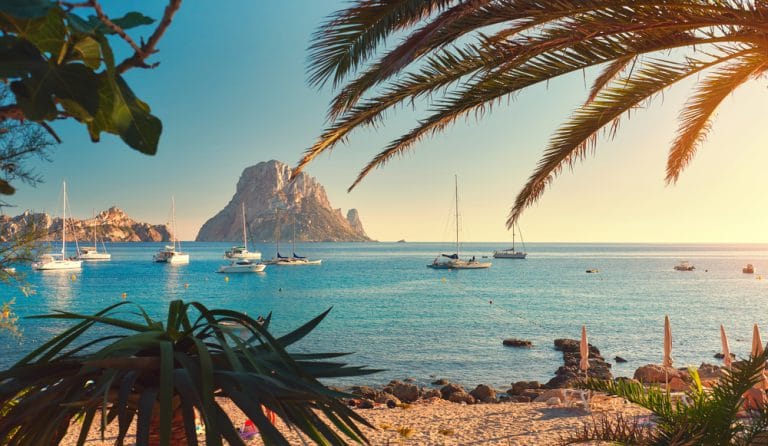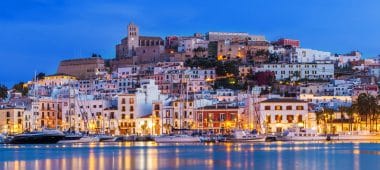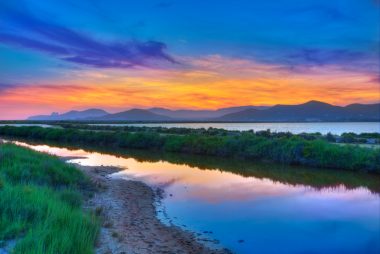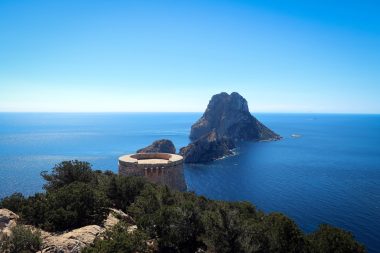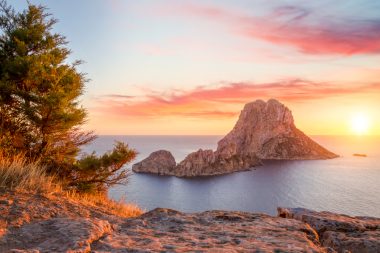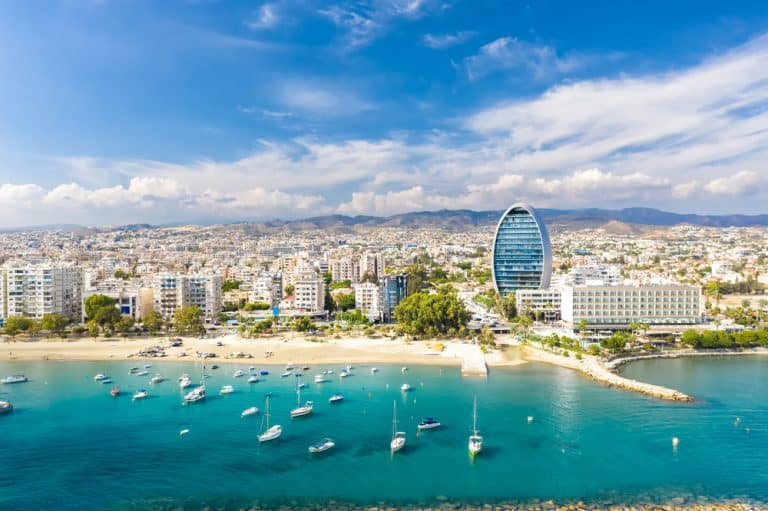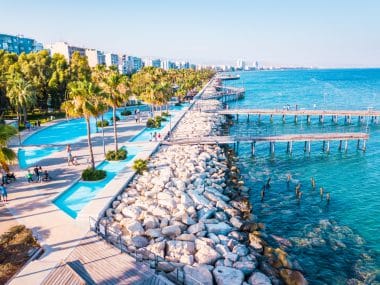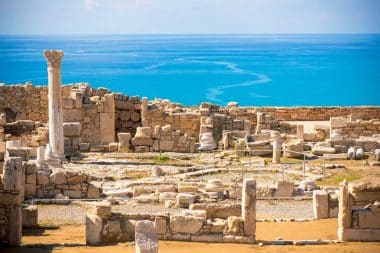Egypt’s thousands of years of history, breathtaking landscapes, beautiful beaches and a warm culture enchant travelers from all over the world.
Anyone who immerses themselves in this fascinating country will experience a wealth of unforgettable impressions and adventures.
With the right preparation, every stay turns into an exciting experience.
Gateway to the Land of the Pharaohs: Entry Made Easy
Egypt’s entry regulations present themselves as a manageable hurdle for travelers.
EU citizens need a passport, which must be valid for at least six months upon entry.
Although theoretically possible, entering Egypt with an identity card has its pitfalls: it requires two biometric passport photos and leads to the issuance of a special entry card.
In addition, not all offices in Egypt accept the identity card as a sufficient document.
Therefore, the passport is recommended as the safest option.
The mandatory visa opens the gates to the empire of the pharaohs.
Travelers have three ways to obtain a visa:
1. Visa on arrival: At the airport, the entry visa for 25 US dollars or the equivalent euro amount beckons.
It grants a 30-day stay.
The fee is paid at official bank counters before passport control.
2. Advance application: If you shy away from queues at the airport, apply for the visa in advance.
The Egyptian embassy in Berlin and the consulates general in Frankfurt and Hamburg issue visas for 25 euros plus a 3 euro processing fee.
3. E-Visa: The online application via the E-Visa portal is particularly convenient.
Important: Visas issued on entry are usually for tourism purposes.
For other travel purposes, it is advisable to check with the responsible Egyptian mission abroad in advance.
With this information in your luggage, the entry procedure turns into a smooth start to your Egyptian adventure.
The clear regulations and various options for obtaining visas allow flexible travel planning.
So nothing stands in the way of immersing yourself in the fascinating world of the pharaohs.
Health in your luggage: Provision for carefree adventures
Although Egypt does not require compulsory vaccinations, a few precautionary ensure relaxed travel.
The standard vaccinations against tetanus, diphtheria and hepatitis A belong in the luggage – or rather in the organism.
For longer stays or intensive contact with the local population, protection against hepatitis B is also recommended. In rural areas, mosquito nets and insect repellents keep annoying pests away.
The metropolises and tourist centres such as Cairo, Hurghada and Sharm El Sheikh score points with good medical care.
Well-stocked pharmacies and often English-speaking staff are available.
A first-aid kit for aches and pains rounds off the health care.
Safety and respect: The key to the heart of Egypt
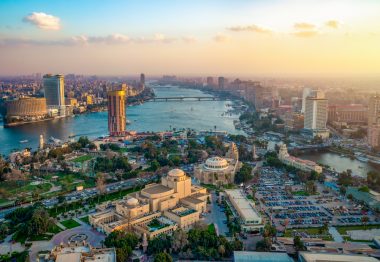
Cities such as Cairo and Luxor as well as the seaside resorts on the Red Sea shine with increased police presence and well thought-out security precautions.
Respect for local customs opens doors and hearts.
In conservative areas and religious sites, restraint pays off.
Rural regions particularly appreciate respectful clothing.
The proverbial Egyptian warmth rewards travelers who come up with a friendly “Shukran” (thank you) or “Salam Aleikum” (peace be upon you).
This creates an enriching cultural exchange that makes the stay a celebration of encounters.
Finance in the land of the Pharaohs: Enjoy cheaply
The Egyptian pound (EGP) rules the financial world on the Nile.
Hotels, restaurants and larger shops accept credit cards without any problems.
Nevertheless, it is always advisable to stock up on cash in small denominations – especially in lively markets and small shops.
ATMs in cities and tourist resorts spit out cash without any problems.
The low cost of living puts a smile on the faces of budget-conscious travelers.
Delicious meals, fascinating excursions and handmade souvenirs lure you in at moderate prices.
This makes the stay a pleasure that is easy on the holiday budget.
Clothing for Sons of the Desert and Pyramid Princesses
Egypt’s climate is varied, but is mostly warm and dry.
The summer months bring heat to desert areas and the south.
Winter attracts with mild temperatures, which is perfect for extended discovery tours.
Lightweight, breathable clothing made of natural fibres such as cotton ensures a sense of well-being.
In the summer heat, a sun hat, sunglasses and a high sun protection factor protect you from the intense sunlight.
Attention: Mosques and other sanctuaries welcome visitors with covered shoulders and knees.
In the seaside resorts such as Hurghada and Sharm El Sheikh, on the other hand, there is a casual beach atmosphere.
Culinary delights: A feast for the senses
Egyptian cuisine spoils with a variety of flavors and textures.
Fresh ingredients, spicy spices and traditional preparation methods characterize the dishes.
Young and old alike can indulge in classics such as crispy falafel and the hearty national dish Koshari.
Coasts attract freshly caught fish specialties in all variations.
Vegetarians will also find a rich selection of delicious dishes.
To avoid an unpleasant stomach rumble, including frequent trips to the toilet, it is better not to drink tap water.
Bottled water as well as hibiscus tea and freshly squeezed juices are better as refreshments on hot days.
Well prepared and with open eyes on site, the trip to Egypt will be a carefree trip with a high memory value.


